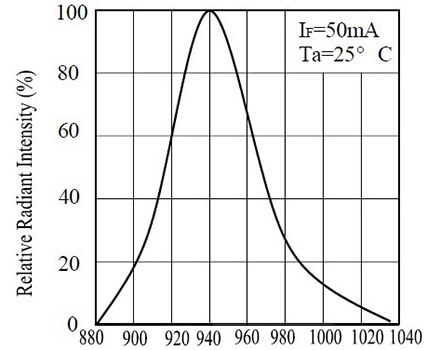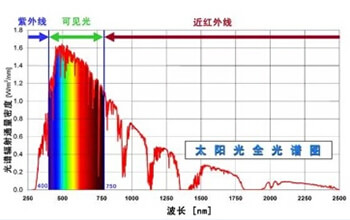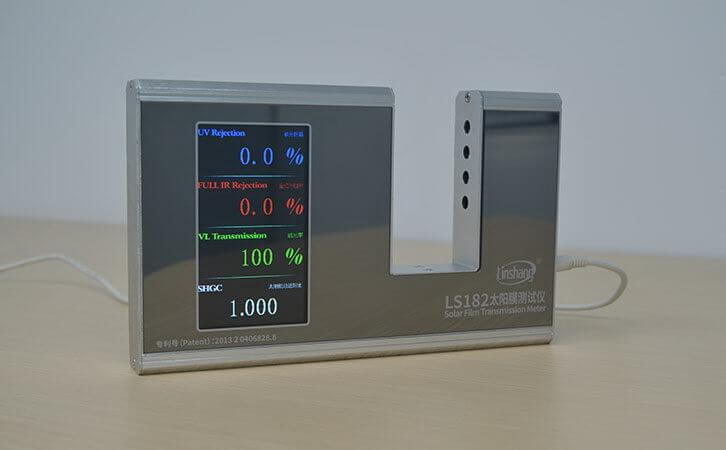What is the Peak Wavelength λp in the Window Film Transmission Meter Parameters?
Linshang Technology independently developed and produced a variety of window film transmission meters.The specifications of the light source are indicated on the specifications of each instrument.Common sources of visible light, ultraviolet light and infrared light, some of which will indicate the peak wavelength is λp.However,many customers may not know the peak wavelength λp well,so we will explain this proper noun in details below.
Our window film transmission meterstypically have three light sources built in.Some models have four light sources built in,such as the LS182 window film transmission meter.The window film transmission meter mainly emits light through one side of the light source and then receives light from the other side of the detector. After placing the solar film,the light received by the detector is reduced.By comparing the data before and after,the instrument can test the transmittance or the rejection rate of the solar film.
In addition to blocking the infrared and ultraviolet rays in the sun,the solar film should also have a good transmittance.Therefore,a special window film transmission meter has emerged, which allows users to more comprehensively consider the optical properties of a solar film.
The wavelength of sunlight that can reach the ground is in the range of 250 nm to 2500 nm. Among them,250-380nm is invisible ultraviolet light,380-760nm is visible light,760-2500nm is near infrared, infrared above 2500nm is called medium infrared and far infrared.Ultraviolet light with wavelength less than 250nm and infrared larger than 2500nm have not reached the earth surface.It was absorbed by the atmosphere.

Sunlight is difficult to simulate and even if there is a light source that can simulate the spectrum of sunlight,the cost is very high and cannot be used in portable measuring instruments.Therefore,the light sources used in our window film transmission meter are several representative wavelength bands in the spectrum of sunlight.For example,we will select two kinds of light sources with peak wavelengths λp=940nm and 1400nm.It does not mean that these infrared light sources only emit light of this wavelength,but means that the luminous intensity of these light sources or the wavelength corresponding to the maximum radiation power is equal to the nominal peak wavelength. In addition to the peak wavelength, the light source can also emit adjacent wavelengths. The infrared light source with a peak wavelength of 940 nm in the following figure emits light in the wavelength range of 880-1040 nm (for reference only).

In addition to the peak wavelength of the light source in the specification of the window film transmission meter, several other optical transmittance meters of Linshang Technology also mark the peak wavelength of the built-in light source of the instrument.This parameter is mainly to inform the user of the light source. When comparing the transmittance or rejection rate data of multiple instruments,the instrument with the same light source should be used.If we compare the rejection rate of 940nm infrared rays with the same film to the rejection rate of 1400nm infrared, the data inconsistency is very normal. Because each film has a different transmittance for light of different wavelengths.
- Choosing the Right Window Tinting Film
- Window Tint Meter | Pros and Selection Methods of Architectural Membrane
- Advantages of LS110H and LS110A Split Transmission Meter
- Best Choice:LS182 Solar Film Transmission Meter
- Solar Power Lightens Up with Thin-Film Technology
- What is the Solar Heat Gain Coefficient Ratings (SHGC)
